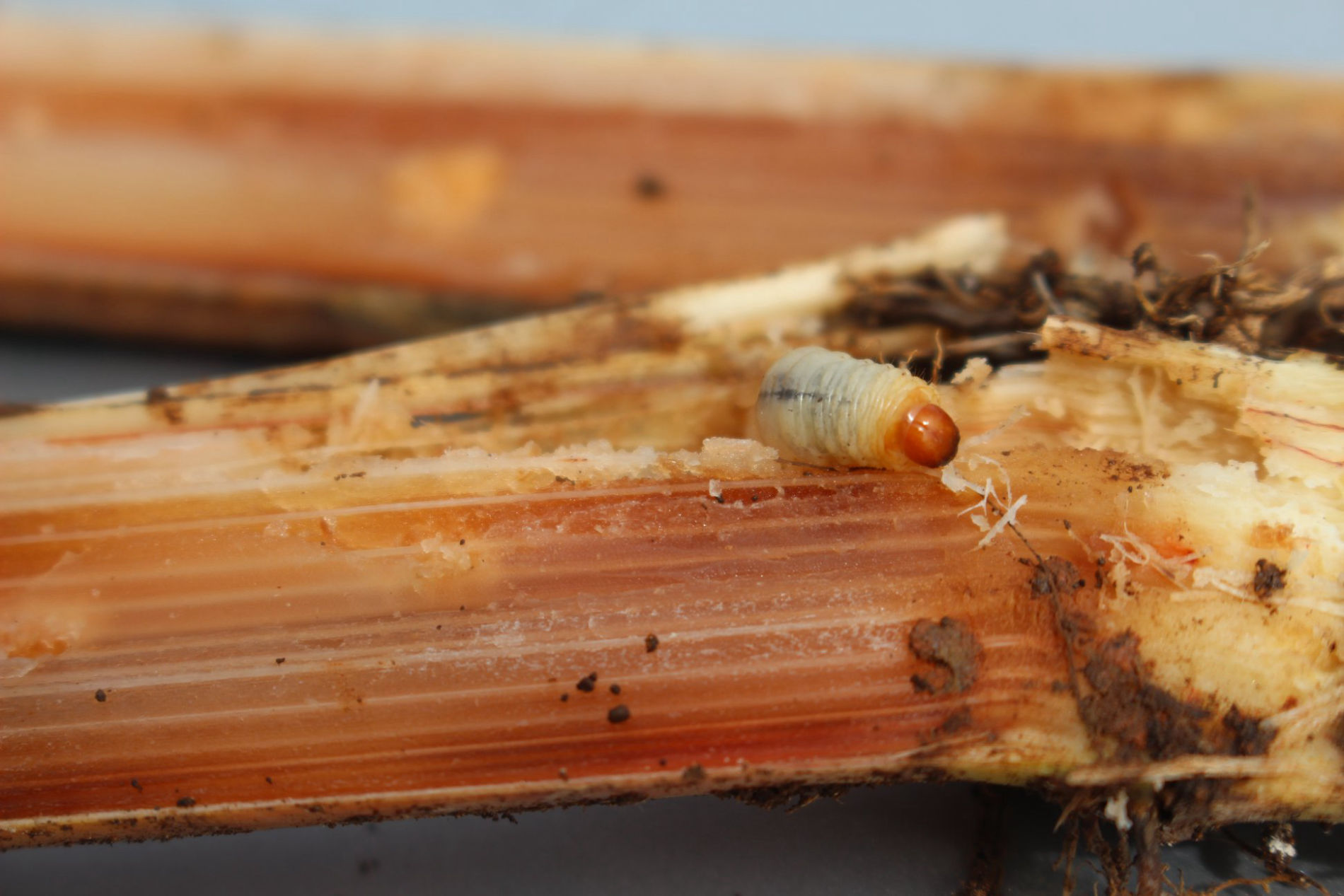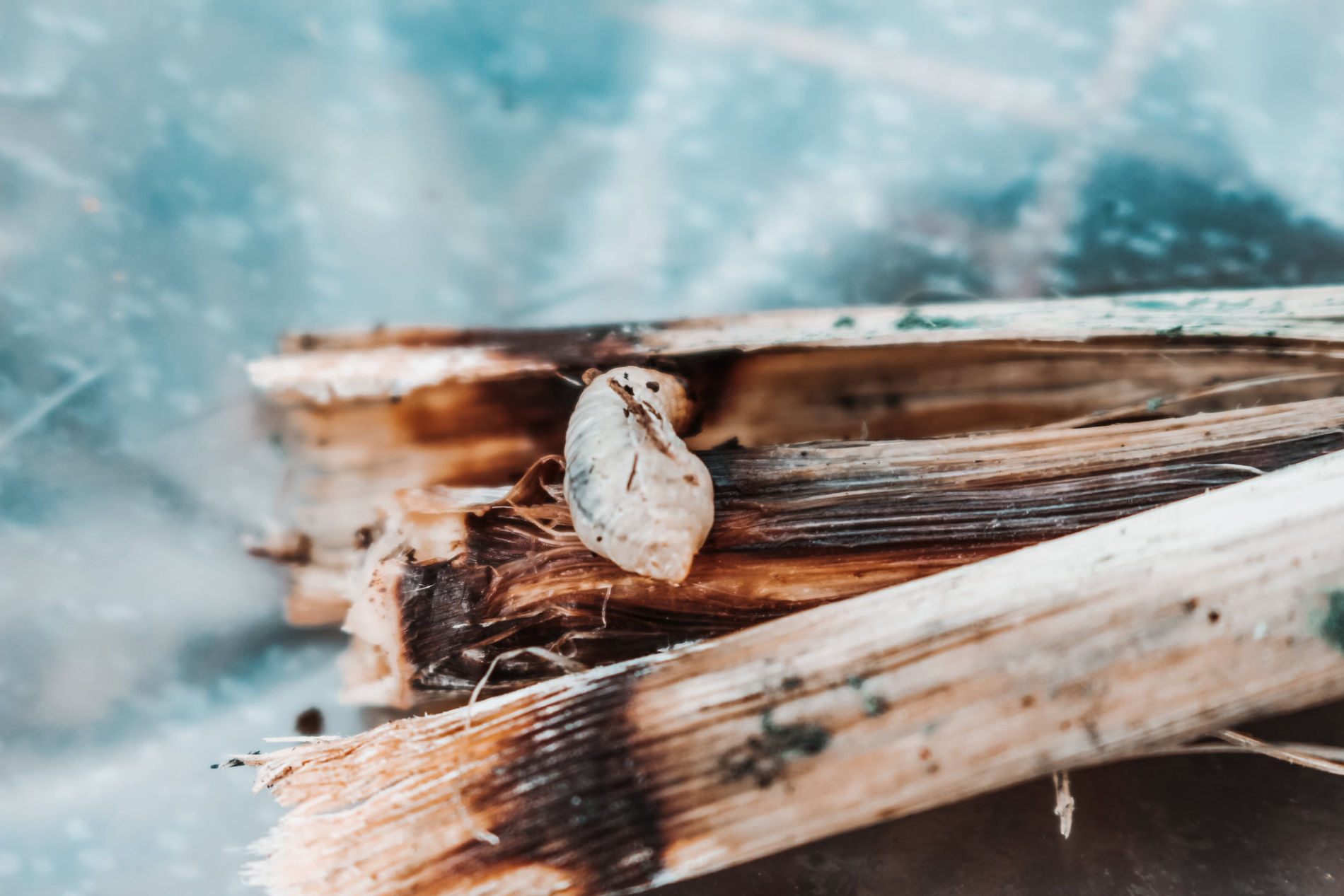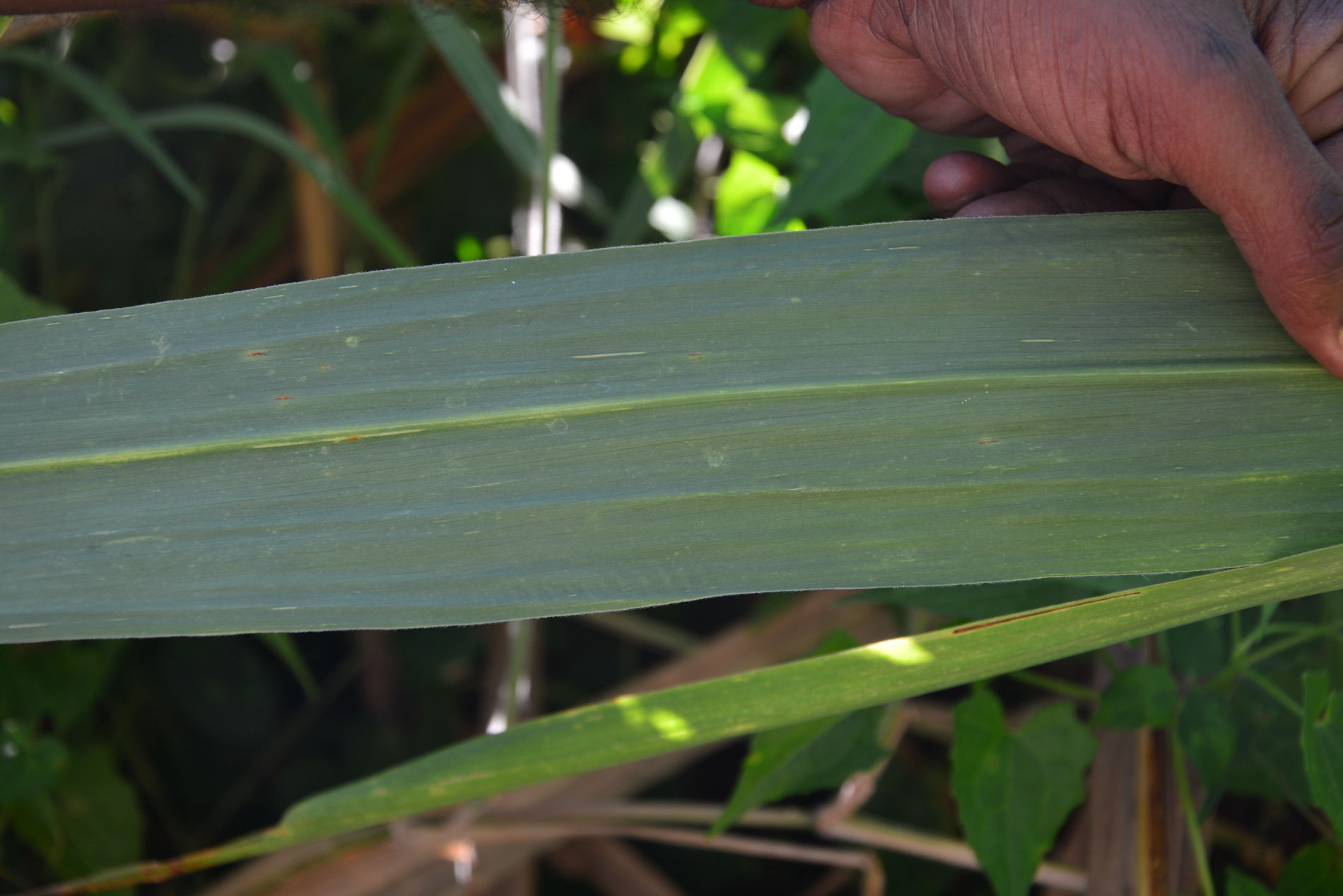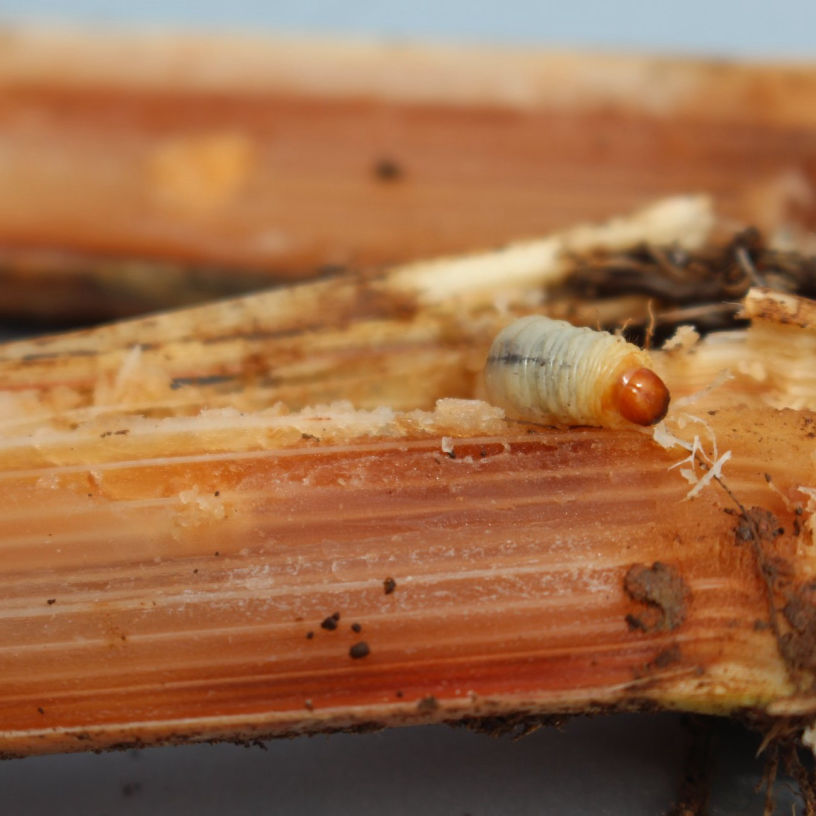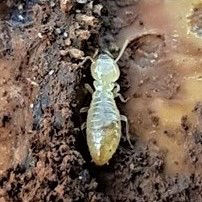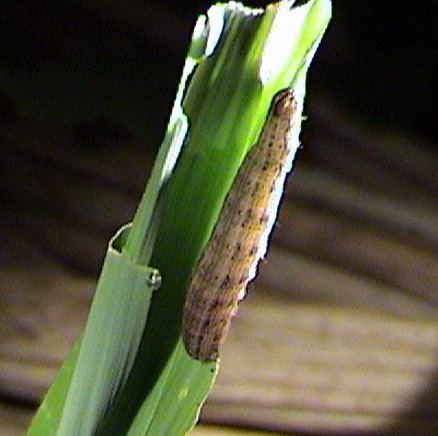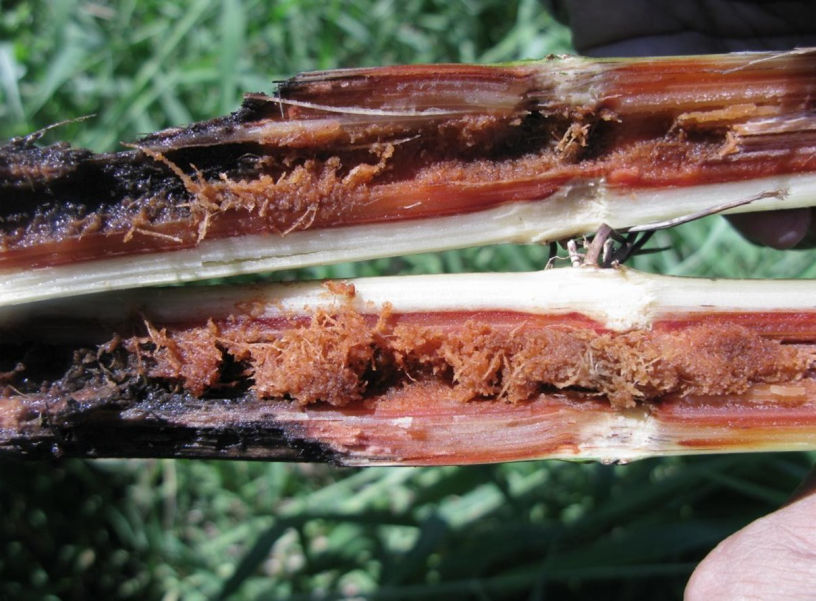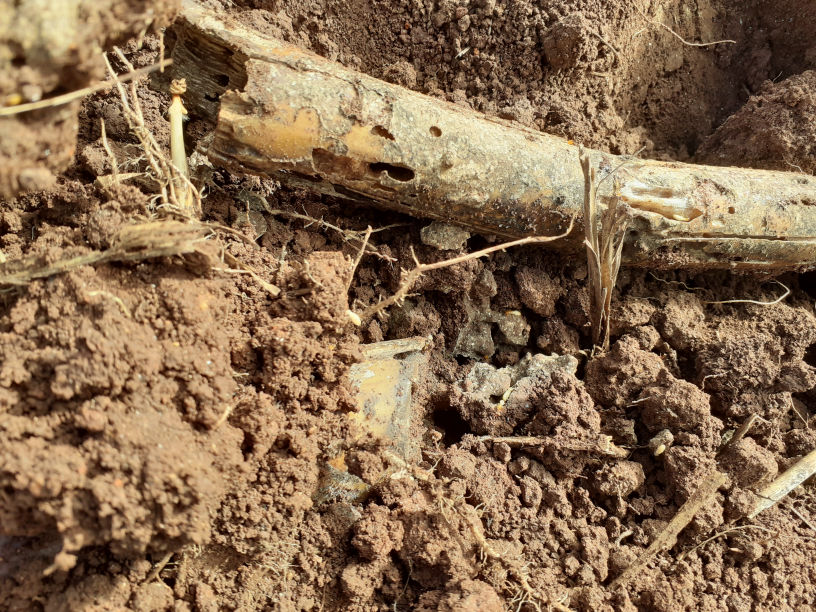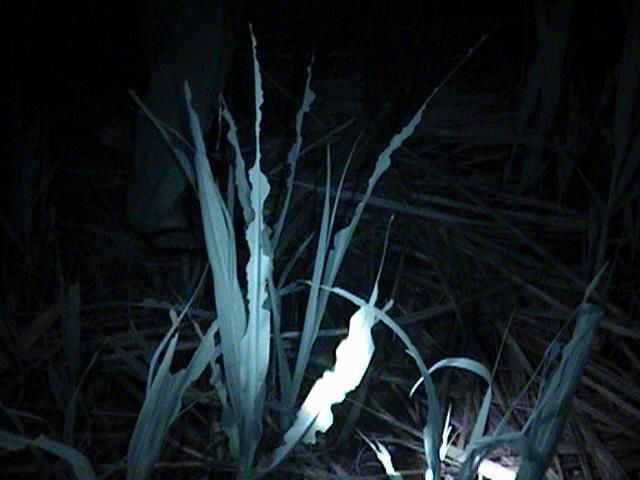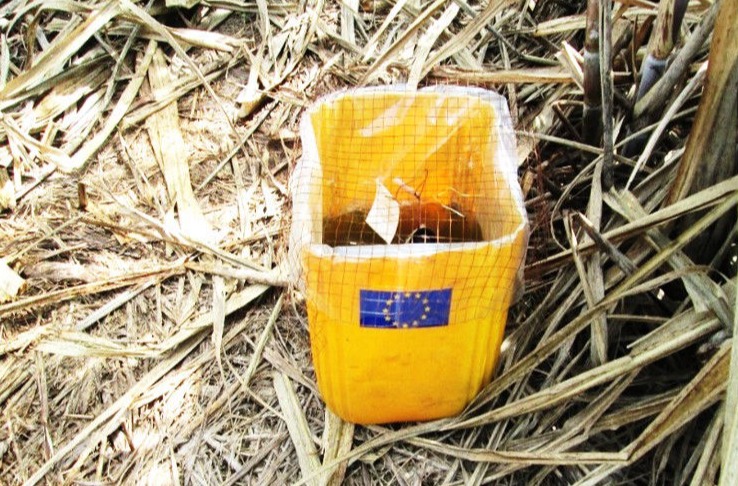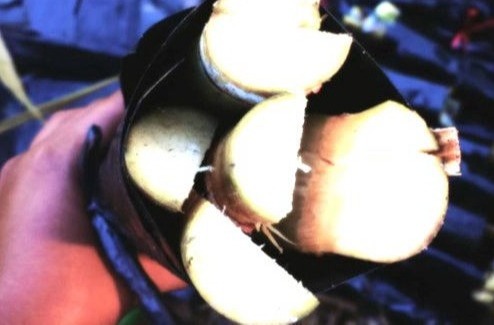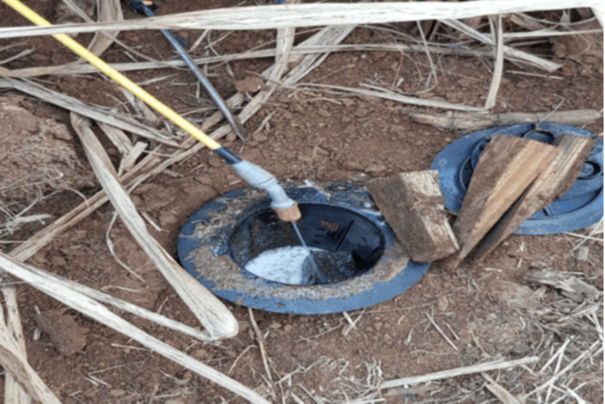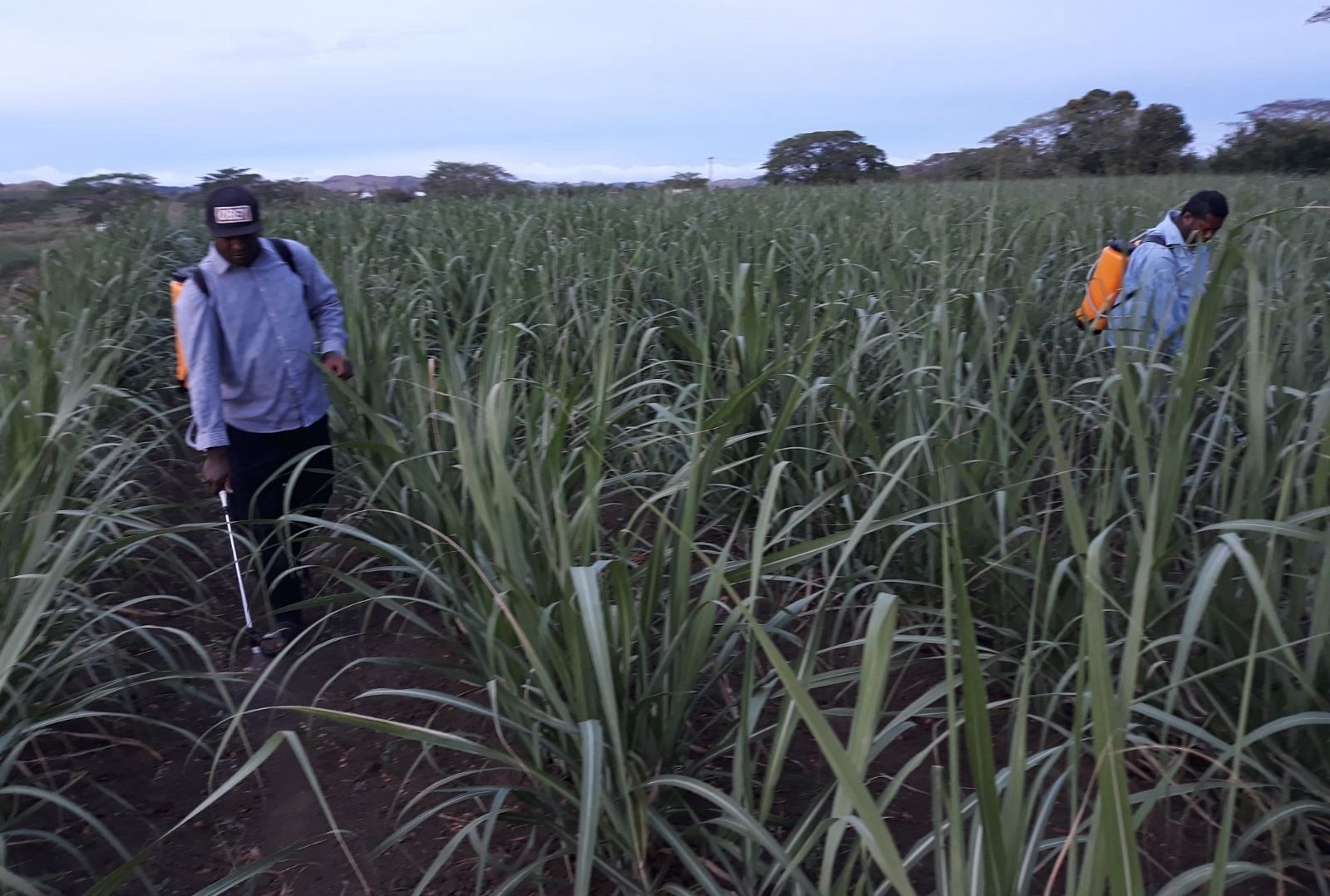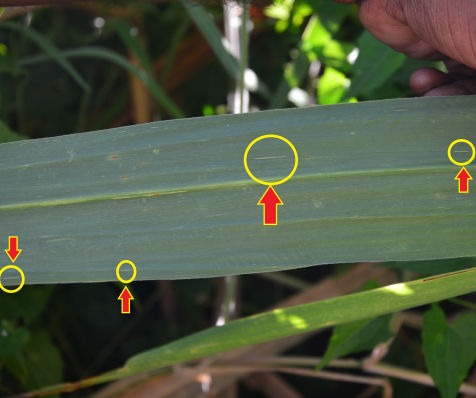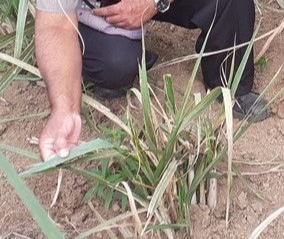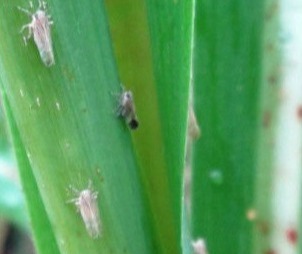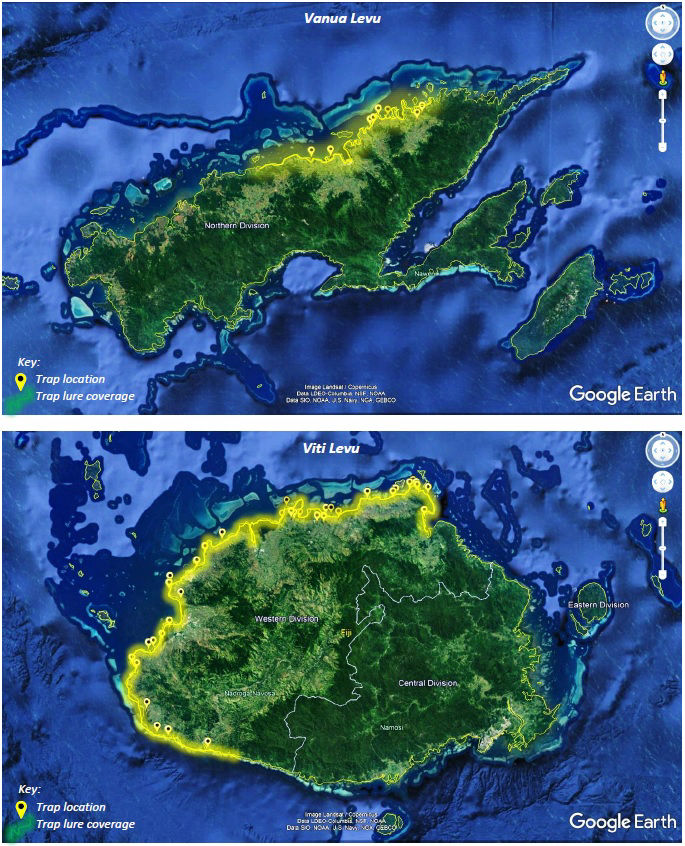Fall Armyworm
Fall army worm (FAW), Spodoptera frugiperda, is an insect pest from the Order Lepidoptera. It was first sited in Africa in 2016 and has spread to other continents recently attacking North of Australia. FAW is an aggressive feeder. The average maize loss reported by farmers in Ghana was 26.6% and in Zambia 35%, extrapolating these losses nationally gives an estimate of US$177m loss in value of the annual maize crop in Ghana and US$159m in Zambia (Rwomushana, 2018).
Fall armyworm has a preference of maize, however, it is reported to feed on sugarcane. It is possible that under high fall armyworm pressure, sugarcane can be defoliated to some extent, moreover, maize and sugarcane intercropping in Fiji stands at a high risk of transmission, but at this point it is unknown to what extent this may happen in Australia. (Queensland Government).
SRIF has successfully established proactive measures where the baits have been placed to track the entry of this pest. The institute is working in partnership with ACIAR to initiate effective means of encountering FAW.
